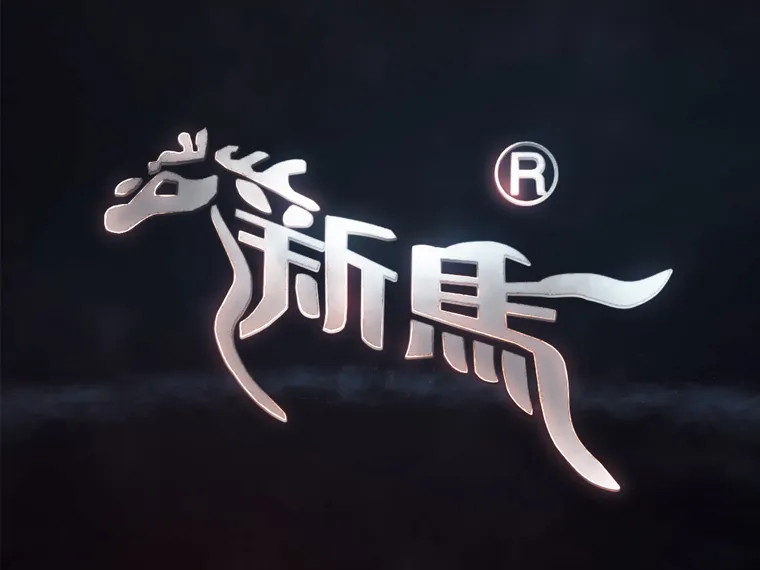High chromium steel balls are widely used in industries such as mining, metallurgy, power generation, and cement due to their excellent wear resistance and impact strength. However, the casting process for high chromium steel balls is complex and demands high-quality casting techniques and efficient production processes. Improving casting efficiency can not only reduce costs but also enhance the consistency and stability of the products. This article will discuss five key techniques to help suppliers improve the casting efficiency of high chromium steel balls, meet market demands, and increase competitiveness.
1. Optimize Raw Material Formulation and Selection
The quality of high chromium steel balls is closely related to the selection and formulation of raw materials. The chromium content, carbon content, and other alloy elements significantly impact the wear resistance, hardness, and impact strength of the steel balls. By precisely controlling the proportions of these elements, casting efficiency can be improved while ensuring product performance.
Technique: Choose high-quality alloy materials and precisely adjust the alloy formulation according to actual production needs. Regularly test raw materials to ensure composition stability and avoid issues during the casting process and the final product.
2. Improve Mold Design and Pouring System
The design of the mold and pouring system directly affects the casting efficiency. A well-designed mold not only ensures accurate casting shapes but also reduces casting defects, such as gas porosity and cracks. At the same time, optimizing the pouring system can enhance the metal’s fluidity and prevent uneven cooling during the casting process.
Technique: Use computer-aided design (CAD) software to optimize mold and pouring system design, properly configuring pouring channels, flow paths, and venting systems to improve metal flow during casting and reduce defects. Adopting preheating technology for molds can also help mitigate defects caused by temperature differences.
3. Precisely Control Casting Temperature and Cooling Speed
During the casting process, controlling the appropriate temperature and cooling speed is critical to improving casting efficiency. Excessively high or low casting temperatures can affect the fluidity of the metal and cooling speed, leading to variations in the hardness and quality of the steel balls.
Technique: Precisely control the pouring temperature and mold temperature through automated temperature control systems to ensure accurate adjustments during the casting process. Additionally, adjust the cooling speed based on the size, shape, and alloy composition of the casting, avoiding issues caused by overly fast or slow cooling.
4. Increase Automation and Equipment Accuracy
With the development of casting technology, automation in production lines plays an increasingly important role in improving casting efficiency. Automated equipment reduces human errors, increases production speed, and ensures the stability of the casting process.
Technique: Invest in modern casting equipment such as automatic pouring machines, vibration screens, and temperature control systems to improve the automation level of the production line. Additionally, use high-precision testing instruments to monitor key parameters in real-time, ensuring casting quality while reducing waste during production.
5. Enhance Quality Control and Testing
Quality control is another crucial aspect of improving high chromium steel ball casting efficiency. By conducting real-time testing and monitoring key parameters during the casting process (such as pouring temperature, alloy composition, cooling speed, etc.), potential quality issues can be detected and corrected in time, improving production efficiency and ensuring the consistency and stability of the final product.
Technique: Implement comprehensive quality testing measures during the casting process, including metallographic analysis, hardness testing, and ultrasonic testing, to ensure that each batch of high chromium steel balls meets the required standards. Additionally, achieve real-time monitoring of the casting process through data management, and optimize production techniques based on testing results to reduce scrap rates.
Conclusion
Improving high chromium steel ball casting efficiency requires action on multiple fronts. Optimizing raw materials, improving mold design, controlling casting temperatures, increasing automation, and enhancing quality control are key steps in enhancing production efficiency. By implementing these techniques, suppliers can reduce production costs while improving product quality, ultimately strengthening their competitive position in the market.
If you have any questions about high chromium steel ball casting technology or require further consultation, feel free to contact our technical team. We are here to provide professional services and support.

